An Air Handling Unit (AHU) is a vital piece of equipment in pharmaceutical manufacturing plants, used to control and distribute air throughout controlled environments, i.e., cleanrooms. AHUs provide assurance that temperature, humidity, and particulate levels conform to high standards required for product quality as well as regulatory compliance.
Thank you for reading this post, don't forget to subscribe!Technical Specifications:
- Construction Material:
- Casing: Stainless steel or galvanized steel with a powder-coated finish to ensure corrosion prevention and ease cleaning.
- Insulation: Double-walled panels with polyurethane foam or mineral wool insulation to preserve thermal efficiency and minimize noise.
- Filtration System:
- Pre-Filters: Filter out larger particles to safeguard downstream components.
- HEPA Filters: High-Efficiency Particulate Air filters trap at least 99.97% of particles ≥0.3 microns, guaranteeing air cleanliness.
- ULPA Filters: Ultra-Low Penetration Air filters offer greater efficiency, trapping 99.999% of particles ≥0.12 microns, utilized in stricter cleanroom classifications.
- Airflow Configuration:
- Laminar Flow: Provides one-way airflow to reduce turbulence and avoid cross-contamination.
- Turbulent Flow: Employed in non-critical areas where full laminar flow is not required.
- Temperature and Humidity Control:
- Cooling/Heating Coils: Hold precise temperature setpoints.
- Humidifiers/Dehumidifiers: Control humidity levels according to process demands.
- Fans and Motors:
Variable Frequency Drives (VFDs): Permit accurate fan speed control, optimizing airflow and energy usage.
- Control Systems:
Building Management Systems (BMS): Coordinate AHU operations for monitoring and control of environmental conditions.
- Uses:
- Environmental Control: Regulate precise temperature and humidity levels required for product stability and process performance.
- Air Filtration: Eliminate particulate impurities to meet necessary cleanroom classifications, avoiding product contamination.
- Pressure Differentials: Regulate positive or negative pressure zones to manage airflow between zones, avoiding cross-contamination.
- Effective design, installation, and maintenance of AHUs are critical to meet Good Manufacturing Practices (GMP) standards and preserve the integrity of pharmaceutical products.

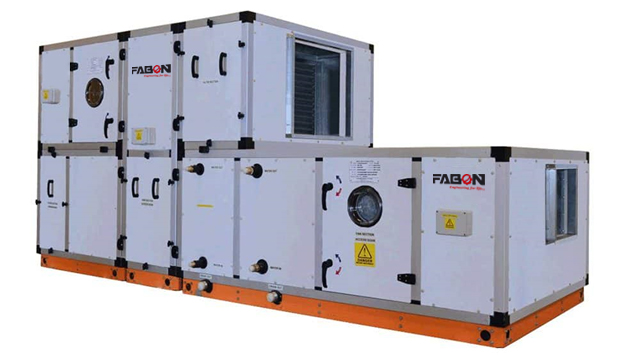
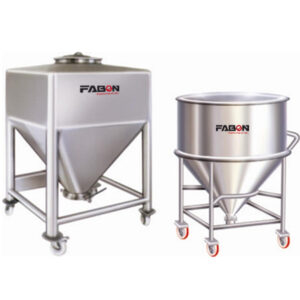
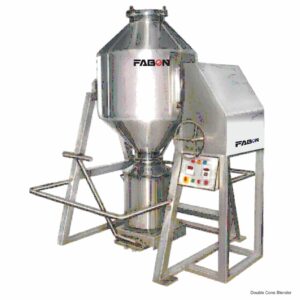
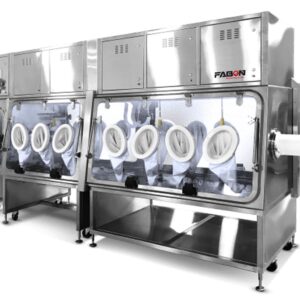
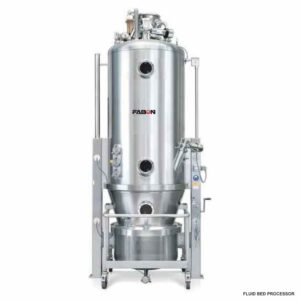
Reviews
There are no reviews yet.